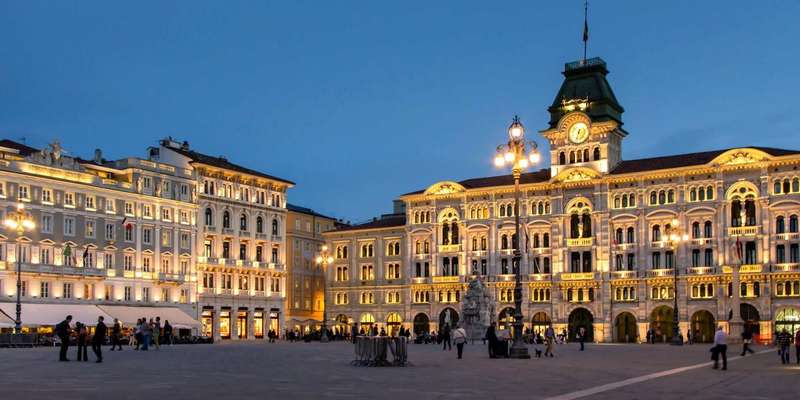- Home
- Useful Tips
- What to know before visiting...
Over 82% of visitors to Trieste's Jewish Museum miss its most profound exhibits because they arrive unprepared. The museum, housed in a 17th-century synagogue, holds centuries of Mediterranean Jewish history that most rush through in under 30 minutes. Without context, you'll overlook the significance of the Torah arks from Corfu or the haunting Holocaust memorial section. First-time visitors often report feeling overwhelmed by the dense historical content, while others regret missing the rare opportunity to see one of Europe's few continuously active Jewish communities. The museum's location in Trieste's former ghetto adds layers of meaning that escape those who don't understand the city's unique role as a crossroads of cultures. With limited English signage and no audio guides available, the experience can feel frustratingly opaque unless you know how to navigate it.


Decoding the museum layout – what most visitors miss
The museum's three-floor structure mirrors Trieste's Jewish journey from confinement to emancipation. Ground level displays ritual objects used when this was still a clandestine synagogue during Habsburg rule. Most visitors spend 90% of their time here, missing the upper floors where the real narrative unfolds. The first floor's textile collection reveals how Venetian and Ottoman influences merged in local traditions – look for the 18th-century ketubah (marriage contract) with its rare Istrian motifs. The top floor's Holocaust exhibit becomes profoundly personal when you notice the deportation lists include addresses just outside the museum walls. Pro tip: The staircase walls feature embedded artifacts found during renovations – these unofficial displays often hold the most moving stories.
Timing your visit like a Triestine insider
Local school groups arrive at 10am sharp, creating unexpected crowds in this usually quiet museum. Come at opening (9:30am) to have the Holocaust memorial room to yourself when the light through its stained glass creates a particularly poignant atmosphere. Tuesday afternoons see the fewest visitors, while Fridays often bring spontaneous gatherings as the community prepares for Shabbat. If visiting in July-August, the third Thursday of each month offers rare evening access when the synagogue's original gas chandeliers are lit. The museum closes for Jewish holidays – check their website for exact dates as these follow the Hebrew calendar. Those interested in seeing the adjacent active synagogue should coordinate with the museum staff, as access depends on security considerations that change daily.
Beyond the museum – uncovering Trieste's living Jewish heritage
The museum ticket includes access to key sites most travelers never find. Five minutes away, the 19th-century Jewish cemetery on Via della Pace tells stories through its multilingual tombstones – look for the pyramid-shaped grave of a Sephardic merchant. Back in the ghetto area, Antico Caffè San Marco (once a literary hub for Jewish intellectuals) still serves traditional sachertorte. For context most miss, trace the seven bronze stumbling stones (stolpersteine) embedded in nearby sidewalks, each marking a deportation victim's last home. The kosher bakery in Via del Ponte doubles as an informal archive – their family photos show pre-war community life. These living connections transform the museum artifacts from historical objects into parts of an ongoing story.
Essential etiquette – respecting an active place of worship
This remains a working synagogue, requiring discreet behavior many tourists overlook. Photography is permitted only in the museum section, never in the prayer hall (look for the subtle boundary markers). Should you encounter worshippers, maintain silence and avoid walking between them and the Torah ark. Conservative dress isn't mandatory but appreciated – keep shoulders covered and opt for knee-length bottoms. The museum shop sells modest wraps if needed. When examining ritual objects, remember these aren't mere artifacts but sacred items still used during holidays. If visiting near dusk in winter, you might hear the shammash (caretaker) preparing the eternal light – this centuries-old ritual offers an unscripted moment of connection no guided tour can replicate.



